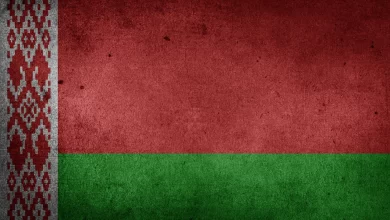Tibet was a lovely country in the Himalayan region. The Tibetan Empire arose in the seventh century, but after its demise, the region was quickly divided into a number of territories. The dominant religion in Tibet is Tibetan Buddhism which was a unique type of worshipping of Saint Buddha.
- Tibet was a Buddhist country in the great Himalayas till 1949, when the Chinese liberation army invaded the country and conquered it.
- The Tibetans attempted to take back their nation in an enormous uprising in March 1959, but the protest was crushed with brutal military force.
- The Yarlung Tsangpo Grand Canyon or also known as Tsangpo Canyon, along the Yarlung Tsangpo River of Tibet, is regarded by some as the deepest canyon in the world, standing at 5,500 meters (18,000 ft). It is slightly longer than the Grand Canyon of the United States.
- The highest mountain peak, the mount reveres, lies in the territory of Nepal and Tibet and has an elevation of 29,029 feet at its summit.
- Dalai Lama was an individual said to be a reincarnation of the Buddha compassion. He was the spiritual leader as well as the political leader of the country till 1959.
- On March 17, 1959, Dalai Lama, at the age of 23 years when he fled to India by disguising him as a soldier and quietly slipped through the crowds surrounding his summer palace in Lhasa.
- The old Tibetan Empire was divided into three provinces known as Ü-Tsang, Amdo, and Kham.
- All three regions still have different dialects from one another, and Dalai lama’s Tibetan government which is in exile in Dharamshala, still claims all three parts as the part of Tibet.
- The Tibetan territory is the highest railways on the planet, and on these trains, you will always find a doctor that can provide you with oxygen.
- According to Indian government data, the Tibetan community refugees in India have dropped by 44 percent as they are migrating to countries like United States, Canada, Germany, and Switzerland.
- 46% of the world’s population depends upon the rivers that originate in Tibet. Some of the main rivers that originate from this area are Ganges, Indus, Brahmaputra, Irrawaddy, Salween, and Mekong. However, the rapid population growth, climate change, and industrialization have threatened water security across Southeast and South Asia.
References
- Britannica-Tibet
- Wikipedia-Tibet
- aljazeera.com(Tibetans are migrating to other countries)
- Futuredirections.org.au(Tibetan rivers)






